Industrial heating tanks are specialized vessels designed to heat the materials contained within them, or to maintain a specific temperature for processing or storage. Unlike simple storage tanks or mixing tanks, their primary function involves precise temperature control for a wide range of industrial applications.
The heating mechanism can vary significantly, depending on the material, desired temperature, efficiency requirements, and available energy sources.
How Industrial Heating Tanks Work (Heating Methods):
- Direct Heating (Immersion Heaters):
- Electric Immersion Heaters: Electric heating elements are directly submerged into the fluid within the tank. These are common for water, oils, chemicals, and viscous fluids. They offer very high efficiency (nearly 100% at the point of use), precise temperature control, and are clean and quiet.
- Direct-Fired Burners (Rare in Tanks): While common in boilers, direct firing into a tank is rare due to safety concerns (flammability) and uneven heating. If used, it’s typically for very specific, large-scale applications with robust safety protocols.
- Indirect Heating (Through Heat Exchange): This is the most common and safest method for many industrial heating tanks. A heat transfer medium (like steam, hot water, or thermal oil/thermic fluid) circulates through a heat exchanger that’s part of or external to the tank.
- Heating Jackets: A second shell is built around the primary tank, creating an annular space (jacket). The heat transfer fluid flows through this jacket, transferring heat to the tank’s contents. This provides uniform heating without direct contact between the heating medium and the product. Common for food, pharmaceutical, and chemical industries.
- Internal Coils: Helical or U-shaped coils are placed inside the tank. The heat transfer fluid circulates through these coils, heating the product. This offers efficient heat transfer but the coils occupy space within the tank and might be harder to clean.
- External Heat Exchangers (Circulation Heaters): The tank’s contents are continuously pumped out of the tank, through an external heat exchanger (where they are heated by steam, hot water, or thermal oil), and then pumped back into the tank. This allows for precise temperature control and can be more efficient for very large volumes or highly viscous fluids.
- Steam Sparging: In some specific applications (e.g., wastewater treatment, some chemical processes), live steam is directly injected into the liquid. This offers rapid heating and can also provide mixing, but it adds condensation (water) to the product.
- Heat Tracing/Blankets: For maintaining temperature in tanks or pipelines, external electric heat tracing cables or heating blankets can be wrapped around the tank. This is more for temperature maintenance than initial heating.
Key Components of an Industrial Heating Tank:
- Vessel: The main tank body (material chosen based on content compatibility, temperature, and pressure).
- Heating Mechanism: Electric elements, steam coils, thermal oil jackets, etc.
- Insulation: Crucial to prevent heat loss to the environment and improve energy efficiency.
- Temperature Control System: Thermostats, RTDs, thermocouples, and controllers to maintain precise temperature.
- Agitator/Mixer (Optional but Common): Often included to ensure uniform heat distribution, prevent localized overheating, and mix components while heating.
- Inlets/Outlets: For product flow, heating medium flow, and discharge.
- Safety Devices: Pressure relief valves (for pressurized tanks), temperature limit switches, emergency shut-offs.
Applications of Industrial Heating Tanks:
Industrial heating tanks are vital across a multitude of sectors:
- Chemical Industry: Maintaining reaction temperatures, dissolving solids, keeping viscous chemicals pumpable, heating or cooling during polymerization.
- Food & Beverage: Pasteurization, cooking, melting fats (e.g., chocolate, butter), heating syrups, maintaining product consistency (e.g., sauces). Often requires hygienic (3A, EHEDG) design.
- Pharmaceuticals: Mixing and reacting APIs, preparing sterile solutions, melting excipients. High purity and precise temperature control are paramount.
- Oil & Gas: Heating crude oil to reduce viscosity for pumping, maintaining temperature of asphalt or heavy fuel oil for storage and transfer.
- Adhesives & Coatings: Melting resins, maintaining viscosity of glues and paints.
- Textile Industry: Heating dye baths, chemical solutions.
- Plastics Industry: Melting polymers for extrusion or molding, preheating resins.
- Wastewater Treatment: Heating sludge for digestion, maintaining temperatures for biological processes.
Safety Regulations in Vietnam (Hanoi, Hung Yen Context):
The safe design, manufacture, installation, and operation of industrial heating tanks are heavily regulated in Vietnam due to the potential hazards (high temperatures, pressure, flammable/corrosive contents). The key regulatory bodies and relevant regulations include:
- Ministry of Labor, Invalids and Social Affairs (MOLISA):
- QCVN 01:2008/BLĐTBXH (National Technical Regulation on Safety for Pressure Vessels): If the heating tank operates under pressure (e.g., a pressurized reactor with heating), it must comply with this QCVN. This includes mandatory design appraisal, material certification, hydrostatic testing, and periodic inspection and certification by authorized technical inspection centers.
- QCVN 04:2013/BLĐTBXH (National Technical Regulation on Safety for Boilers and Steam Generators): If the tank is directly generating steam for heating (less common for “heating tanks” which usually receive heat, but relevant if it’s a small steam generator for a process), this applies.
- General OHS Regulations: Law on Occupational Safety and Health (No. 84/2015/QH13) and its guiding decrees apply to the safe operation, maintenance, and personnel training related to these tanks.
- Ministry of Industry and Trade (MOIT):
- Regulations on Dangerous Goods/Chemicals: If the heating tank stores or processes flammable, corrosive, or toxic chemicals, MOIT regulations (e.g., Circular No. 48/2020/TT-BCT on hazardous chemicals) will apply. This includes requirements for material compatibility, fire prevention, explosion protection (especially for tanks with flammable contents, needing ATEX/IECEx compliant heaters if electric), spill containment, and emergency response.
- Energy Efficiency Laws: Regulations encouraging efficient energy use might influence the choice of heating method and insulation for tanks.
- Ministry of Natural Resources and Environment (MONRE):
- Environmental Protection Law (2020): Covers emissions (e.g., VOCs from heated volatile liquids), wastewater discharge (from cleaning cycles), and hazardous waste disposal associated with the tanks. Environmental Impact Assessment (EIA) might be required for new projects or significant expansions.
- Local Authorities (Hanoi/Hung Yen People’s Committees):
- Enforce national regulations and may have specific zoning, land-use, and fire safety requirements for industrial facilities, including setbacks for tanks. The fire police (Cảnh sát PCCC) will be key in approving fire prevention and fighting plans.
Considerations for Industrial Heating Tanks in Vietnam:
- Energy Source: The choice of heating method (electric, steam, thermal oil) heavily depends on the availability and cost of electricity, natural gas (pipeline, LNG, CNG), or other fuels in the industrial zone. With rising energy costs and environmental pressures, optimizing heat recovery and insulation is increasingly important.
- Local Fabrication vs. Import: Vietnam has a growing industrial fabrication sector (like Doosan Vina Heavy Industries, CNC Vina, Duc Manh, Hoang Anh mentioned in search results, some of which are in Hung Yen or Hanoi’s vicinity). Many standard tanks can be fabricated locally to TCVN and even international standards (e.g., ASME). For highly specialized or advanced heating tanks (e.g., pharmaceutical-grade, high-pressure, or requiring exotic materials), import might still be necessary or involve close collaboration with foreign experts.
- Compliance: Strict adherence to Vietnamese safety and environmental regulations is non-negotiable. Engaging local engineering firms and consultants early in the project design phase is crucial to ensure smooth permitting and operation.
In summary, industrial heating tanks are critical for temperature-sensitive processes, providing precise control and versatility through various heating methods, all while operating under a stringent regulatory framework in Vietnam.
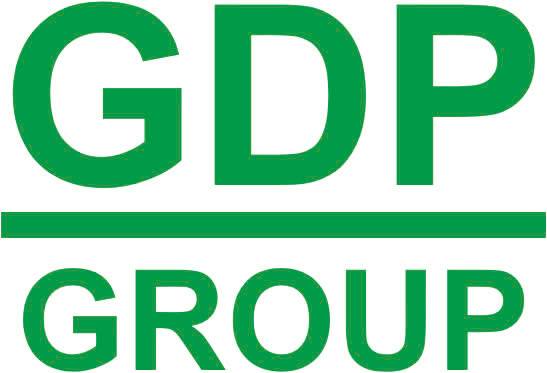
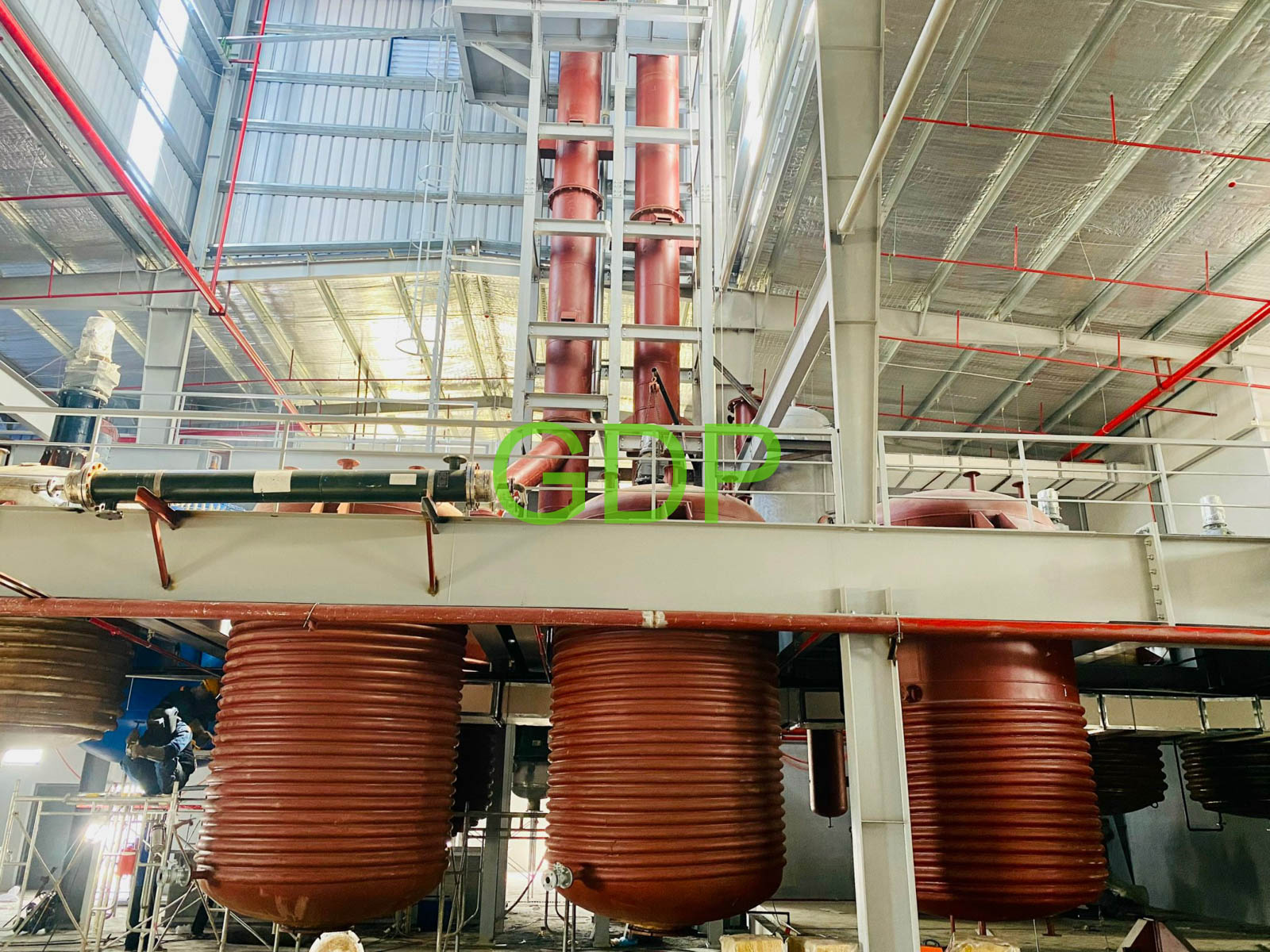
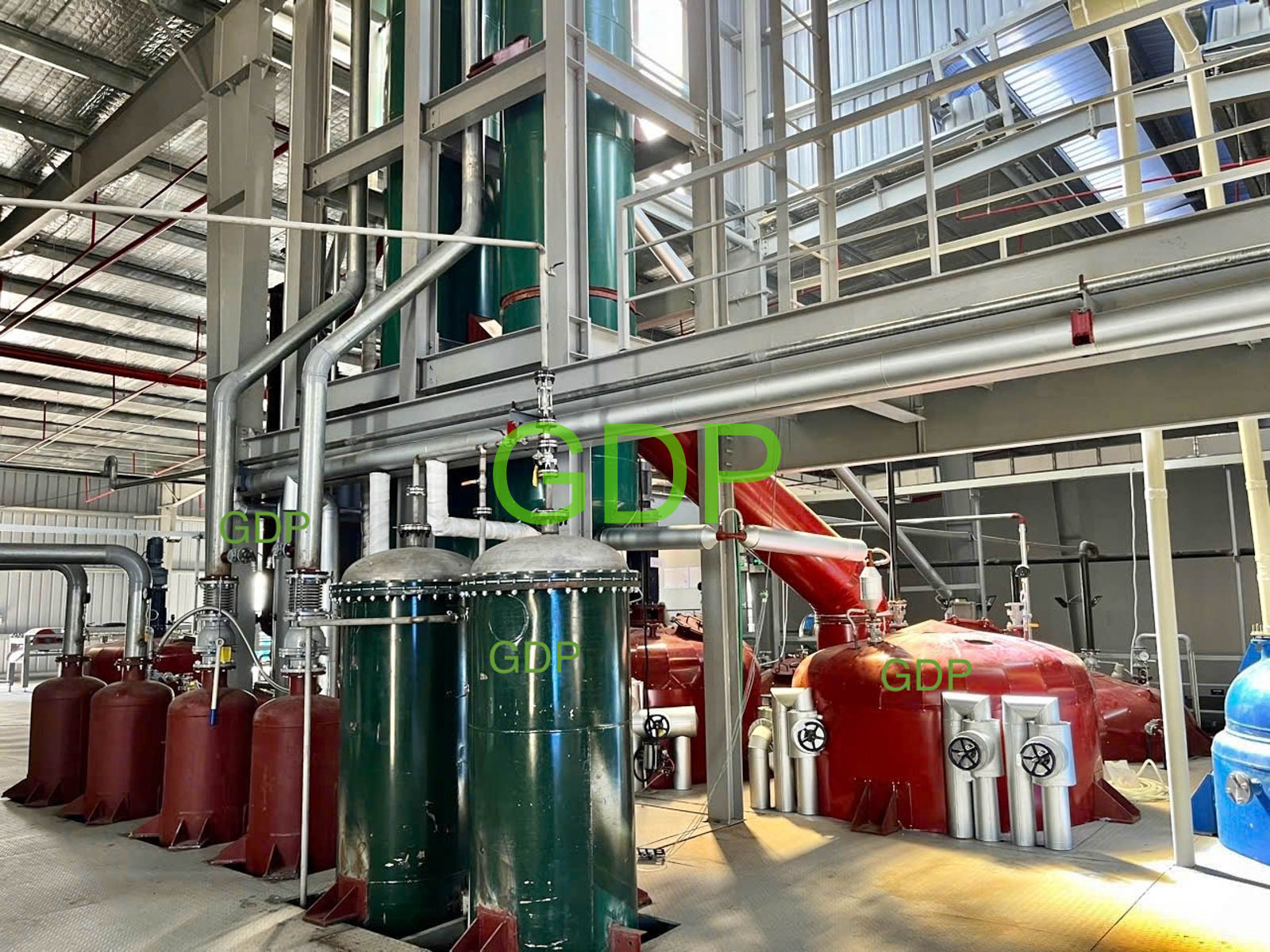
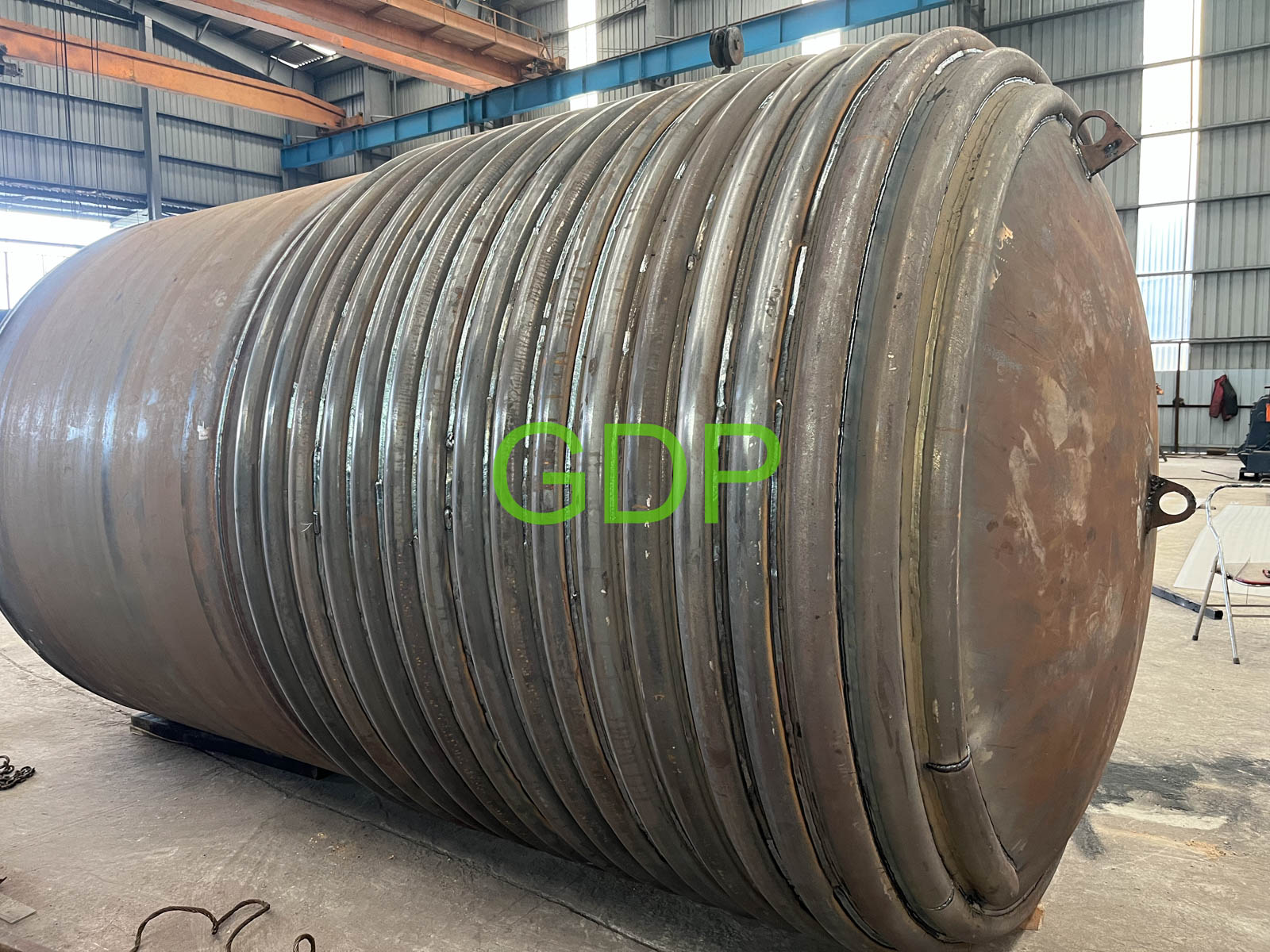
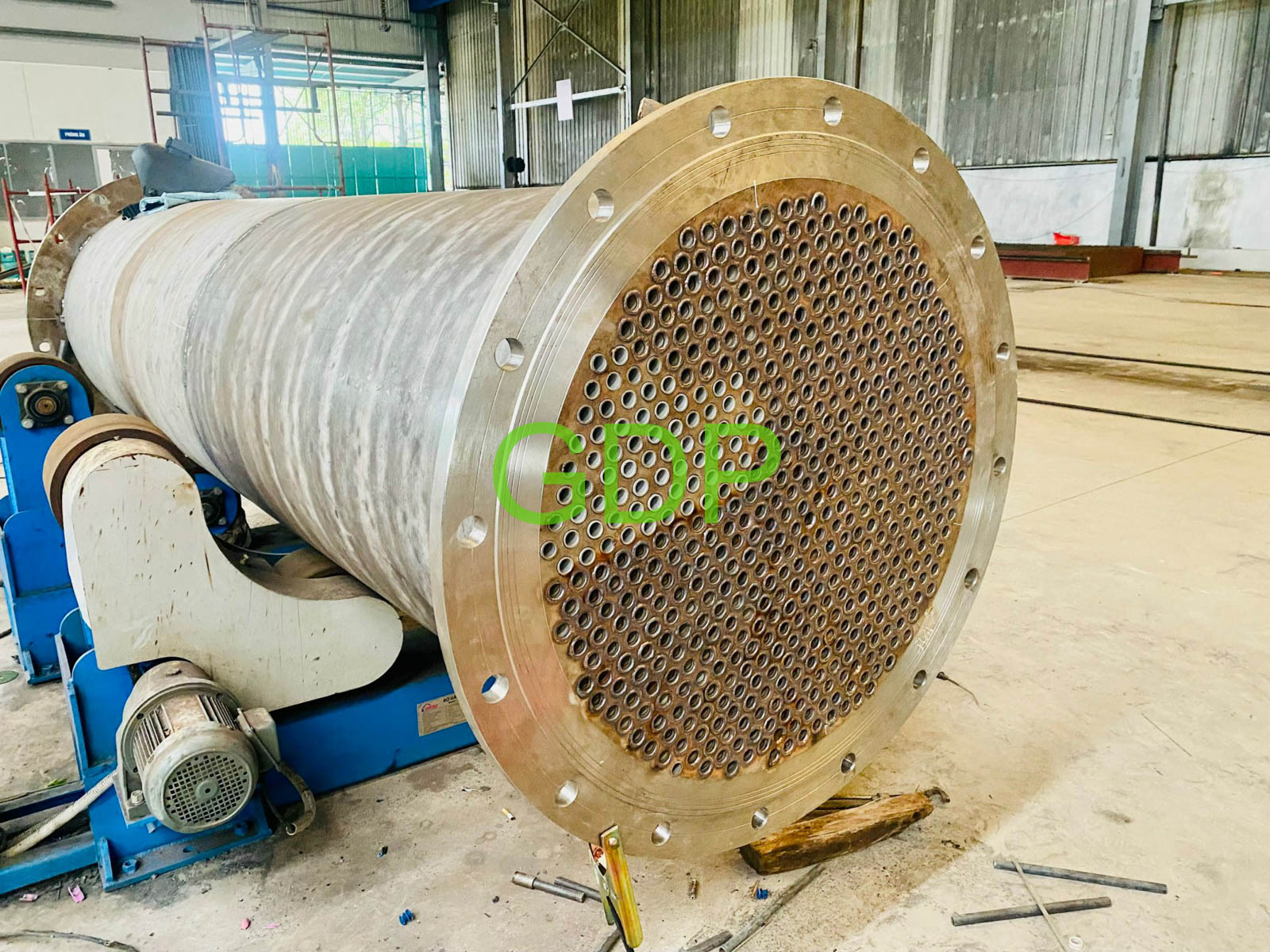
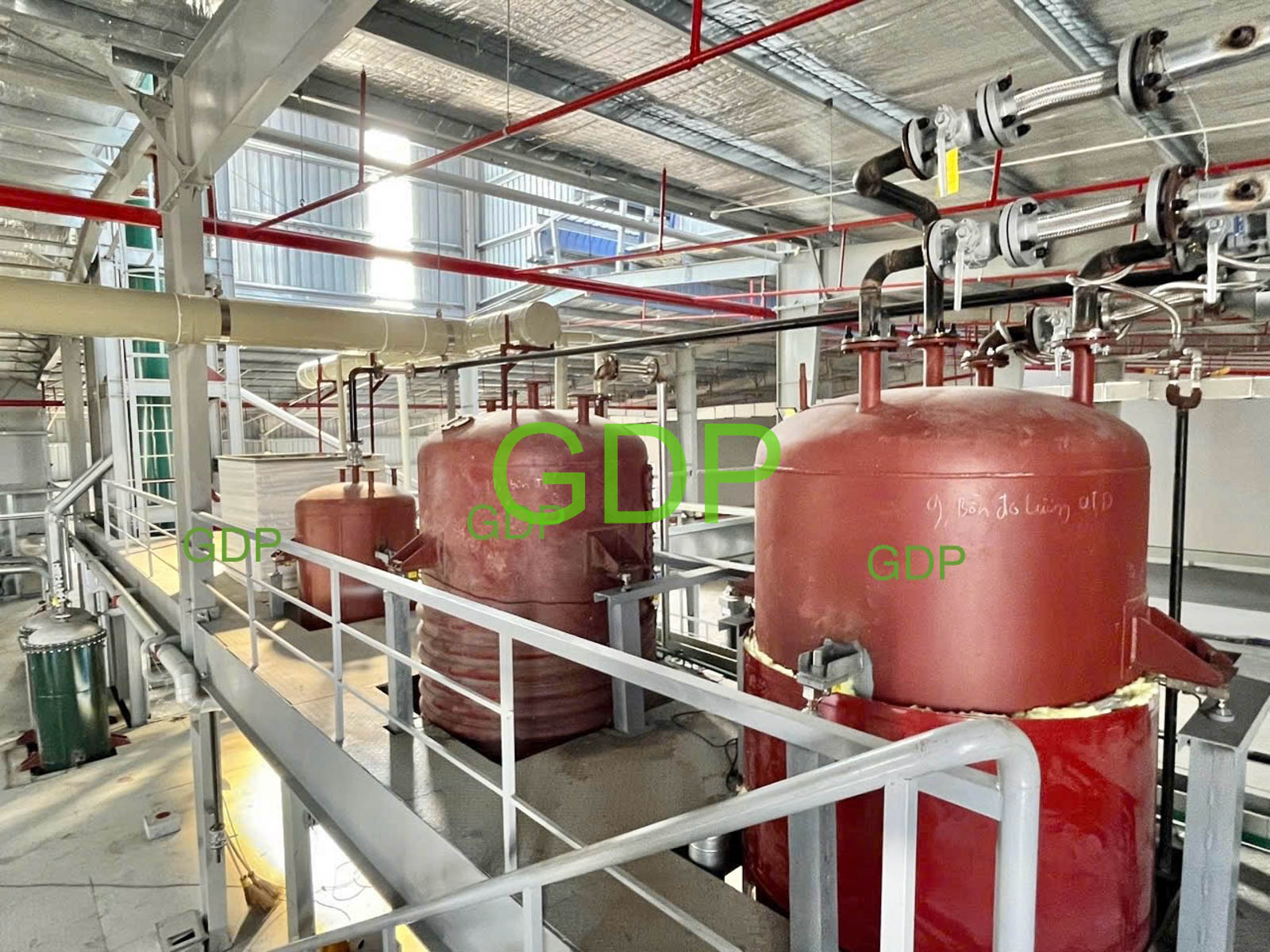
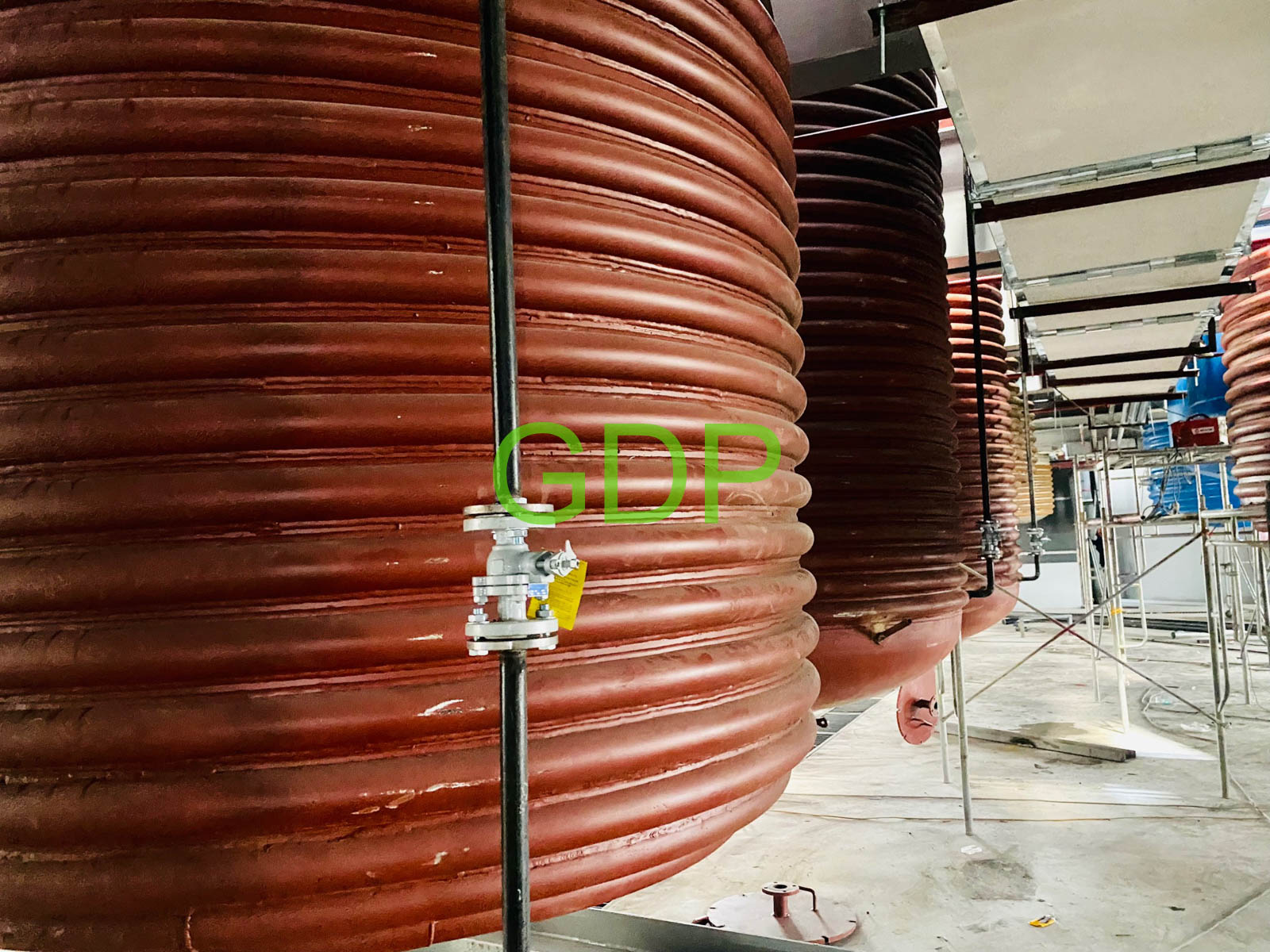
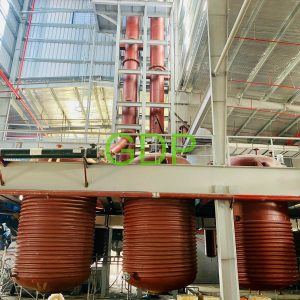
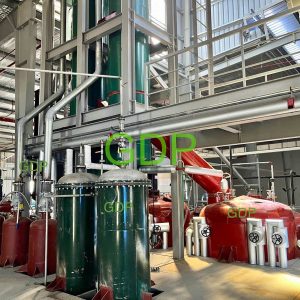
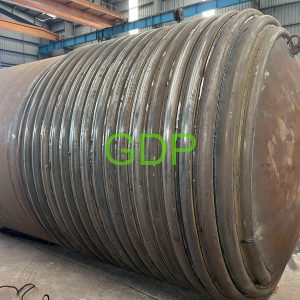
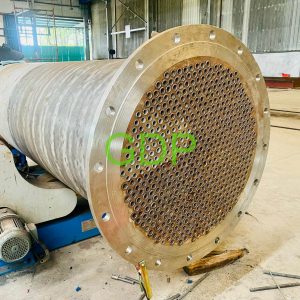
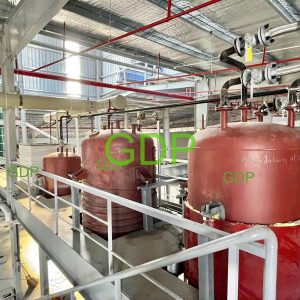
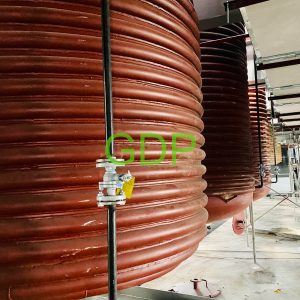
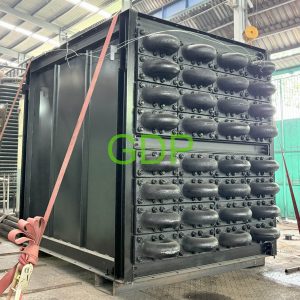
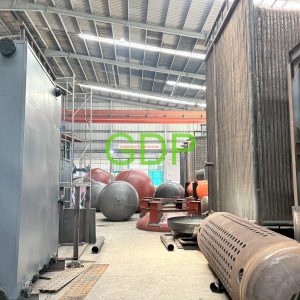
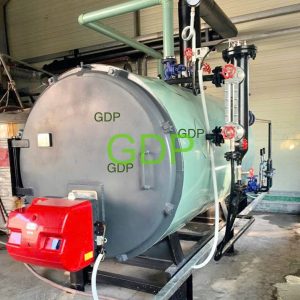
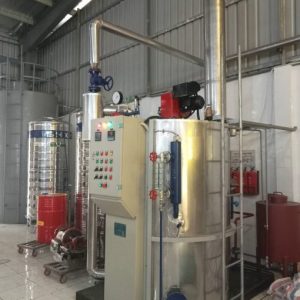
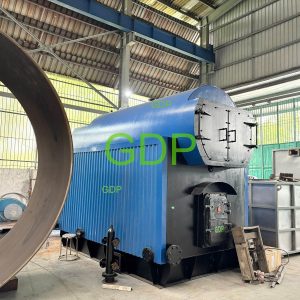
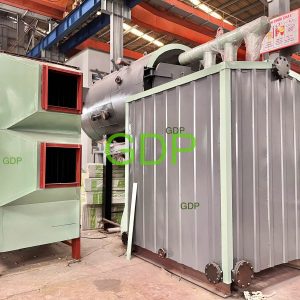
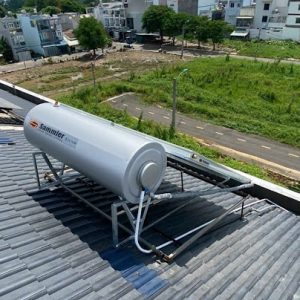
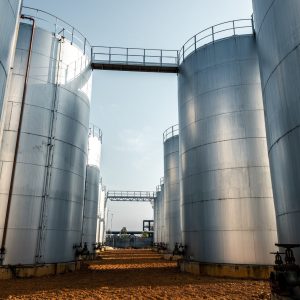
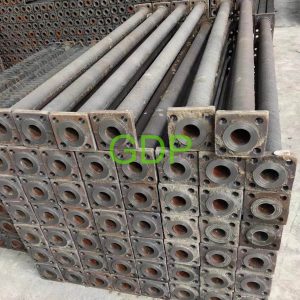
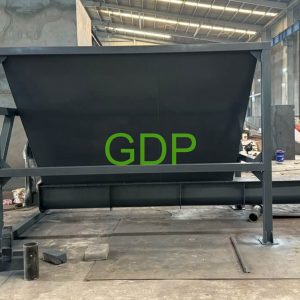
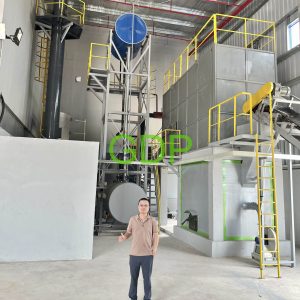
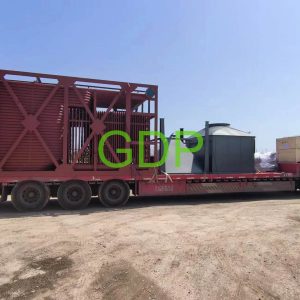
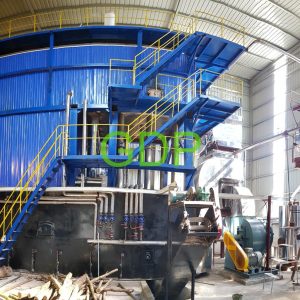
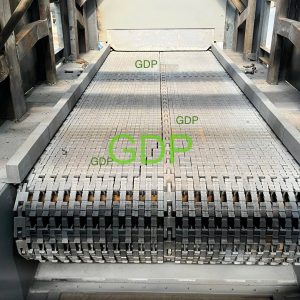




Đặt câu hỏi